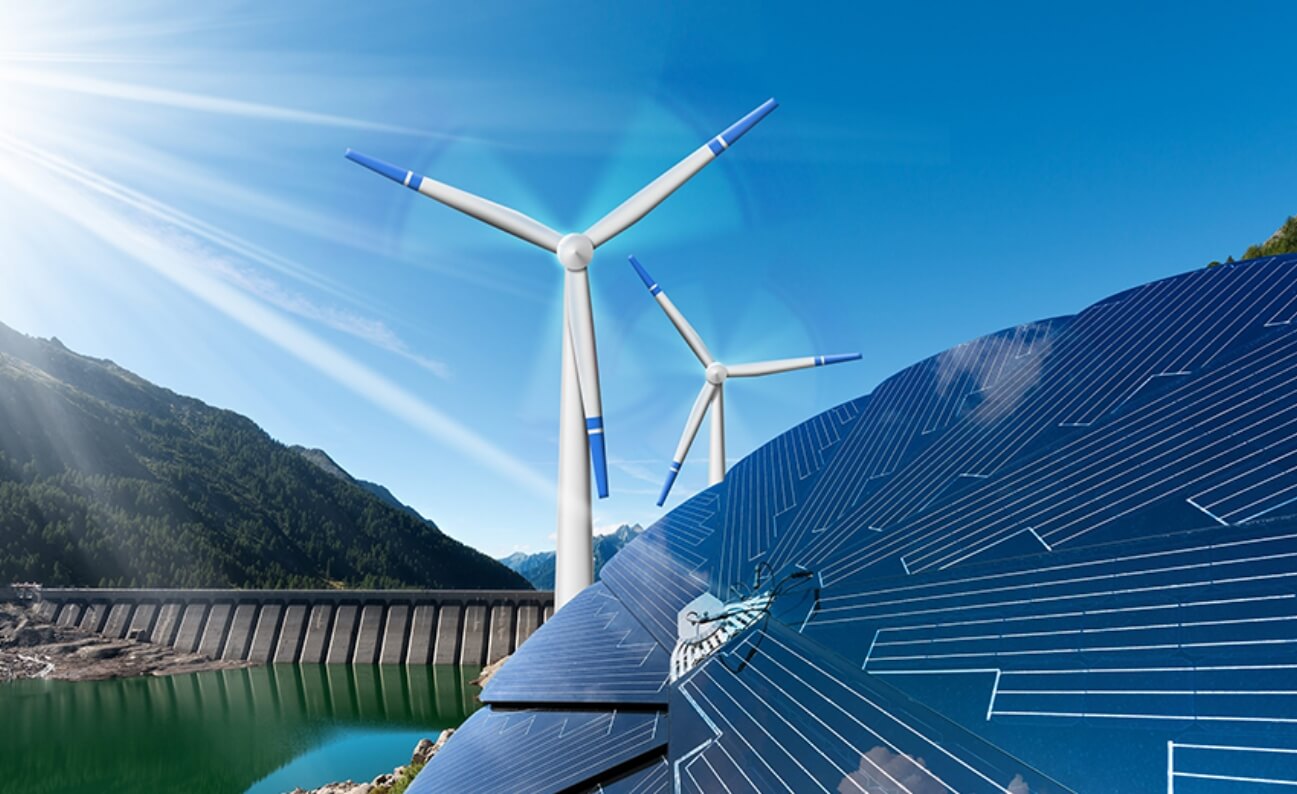It’s important to note that the actual cost consumers pay depends on their energy plan. On a fixed-rate plan, costs will be the same each month, while a variable-rate plan will have a rate that fluctuates with the market. For Texans, this means that it’s important to compare rates and plans before signing up for service.
 Cost of Solar Power per kWh
Cost of Solar Power per kWhIn Texas, like in many states, solar power is becoming increasingly more affordable, and businesses that switch to solar can save money in the long run because of the reduced average commercial electricity cost per kWh. In fact, over the course of 25 years, the solar power rate per kWh was 3.9 cents while utility power costs 20.4 cents per kWh. This means that solar is a much cheaper option for powering your business in Texas in the long term. If you’re looking to save money on your energy bill, switching to solar is great. The average cost of a solar panel system in Texas is currently cheaper than the average cost of utility power over 25 years.The cost of commercial solar in Texas has been dropping rapidly in recent years, and is now lower than the average cost of residential solar across the United States. This is largely due to the increased availability of solar panels and the decreasing cost of installation. Solar panels usually have a warranty of 25 years, meaning that they will produce electricity for your business over that time period with little to no maintenance required. This makes solar a very attractive option for business owners who are looking to save money on their energy bills and simultaneously help the environment.
Cost Factors for Commercial kWh Rates in Texas
Electricity prices in Texas are determined by a variety of factors, the most important of which are:
Type of customer
Commercial customers usually have different rates than residential customers. This is because businesses use more electricity than households. Commercial rates are also set based on the electricity demand. The higher the demand, the higher the rate.
Time of year
Residential energy rates are usually based on time of use. There are three different time-of-use rates: peak, shoulder, and off-peak. The peak rate is charged when electricity usage is highest, usually during the summer months. The shoulder rate is charged during times of medium demand, and the off-peak rate is charged during low-demand periods.
Source of power
This is also a factor in electricity pricing. Renewable sources of energy like wind and solar are becoming more common, but they are still not as prevalent as traditional sources like coal or natural gas. Because renewable sources are not as reliable or consistent as traditional sources, they tend to be more expensive, but as they’re gaining popularity the costs are trending down. This is especially true when demand is high and traditional sources are being used to meet it. Understanding how these factors work can help customers make informed decisions about their electricity usage and budget.
 Cost for Commercial kWh Rates in Texas
Cost for Commercial kWh Rates in TexasOverall, the cost of electricity in Texas is typically below average when compared to the rest of the United States. The average price per kilowatt-hour (kWh) in Texas is 8.68 cents, which ranks it 27th among states. However, prices can vary widely depending on your location and energy needs. For example, businesses in Houston pay an average of 9.78 cents per kWh, while businesses in El Paso pay an average of 11.48 cents per kWh.If you’re looking for a better cost per commercial kilowatt hour in Texas, the average commercial electricity cost per kWh, or commercial kWh rates, be sure to check out our energy blogs and informational pages. Always make sure you consider all factors that add up to the commercial kWh rates in Texas to make the most informed choice for your home or business.



